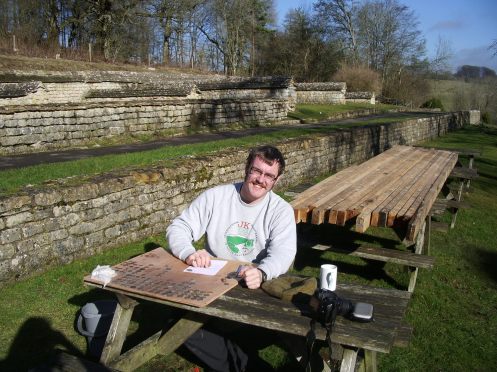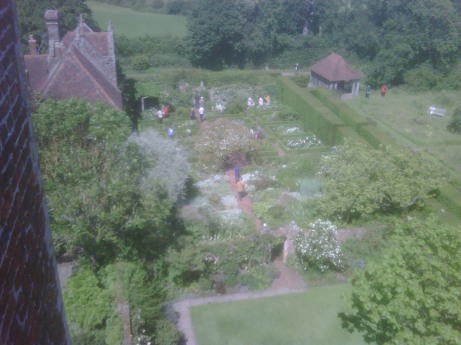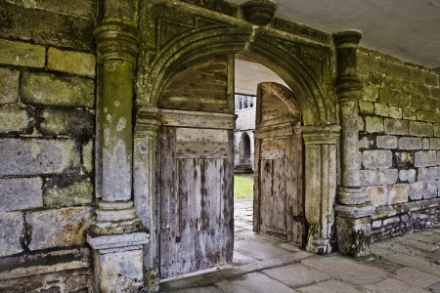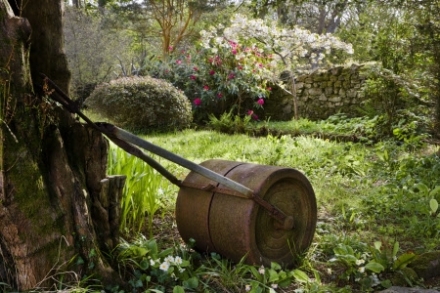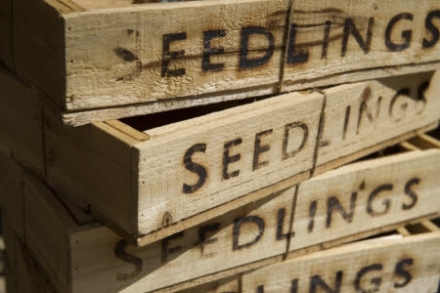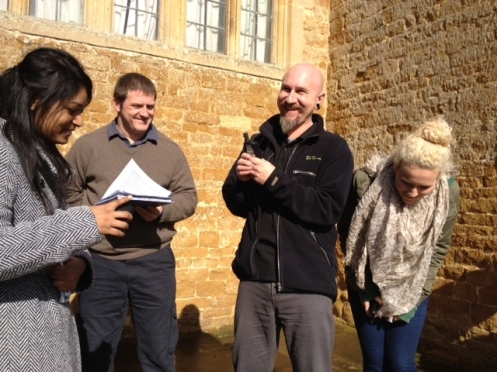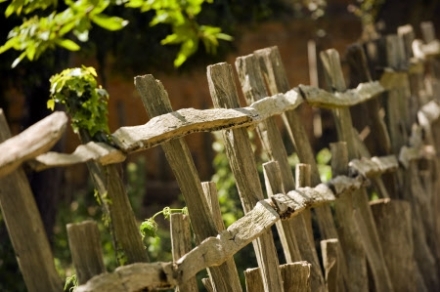
Yes you’ve read correctly. The National Trust are recruiting for Historic gardening and Historic Parkland Management. Now coming from someone whose already done a year in Care of Collections at two NT properties in London, I would encourage anyone and everyone whose interested in this amazing opportunity to apply. Do not hesitate, do not think twice, do not doubt…this is the best opportunity you will ever encounter in your career. So I hear you asking,” Whats’ the catch?” There is no catch.This is the real thing! For those of you who are thinking it could never be you, yes it can …go on, i dare you to have a read below if you dont believe me!
Would you like to learn to work in outdoor heritage spaces?
We are giving you the chance to work in our gardens, historic parkland and our wild spaces from coast to moor to learn specialist skills in Historic gardening and Historic Parkland Management.
We’re looking for people with a passion for the work we do to come and train with us in some of our breath-taking places.
You don’t need qualifications or work experience, just plenty of enthusiasm and a willingness to learn.
In return, we’ll give you a paid job for a year, full training, a Heritage Skills Passport and a really impressive portfolio from a great organisation.
If you join our Passport to Your Future Training Programme, we’ll share our knowledge and skills with you so that you can continue to work in beautiful places like this for the rest of your career.
What is the Passport to your Future Project?
We are engaging thirty people to work at National Trust properties around the country. We will enable the people we take on to gain knowledge, skills and experience in subject areas where there is traditionally a skills shortage, within the Heritage industry.
Our Trainees will learn these skills through a structured training programme called the Heritage Skills Passport.
Presently we are looking for trainees with an interest in following the structured training programme in Historic gardening and Historic Parkland Management.
This programme is open to all, but we’d particularly like to hear from you if you have a disability, a lack of formal qualifications, have been long-term unemployed or are from an under-represented ethnic minority group, as this programme is all about breaking down the barriers to enabling people to succeed.
Each placement will last twelve months.
A summary of what you will be doing.
You will be based at CharlecotePark and you will take a Heritage Skills Passport in Historic gardening and Historic Parkland Management. This passport will give you the skills to start a career path in an outdoor Heritage Environment. You will learn skills from the expert team based at the property and will join courses run nationally through the Passport to your Future project.
The skills you will learn in the passport will depend on the opportunities at the property. (See ‘The information you will need before applying to be a Passport to your Future Trainee for more information about the opportunities that this property can provide).
What you will achieve:
- Complete a Heritage Skills Passport in Historic gardening and Historic Parkland Management.
- Learn the skills that are in the passport through
- On-the-job training from line managers, other staff and volunteers at the property and regional or central specialists.
- Group training opportunities held nationally through the Passport to your Future Project.
- Additional individual training.
- Internal and external job-shadowing opportunities.
- Resources that will be made available to support your work and development.
- You will develop a training plan for the year with your Line Manager which will show how you are going to learn each of the skills in the Heritage Skills Passport.
- You will create a plan with your Line Manager to show how you are going to develop personally. This will help you develop your self-confidence, help you become a better team player and help you to create good relationships with your team, visitors and the local community amongst other things.
- You will complete the compulsory and optional skills and units in the Heritage Skills Passport.
- You will have an action planning meeting with your Line Manager every month, where you will review the skills you have learned in the previous month and set your actions for the next month.
- You will complete a portfolio to show evidence of how you have learnt each of the skills.
- You will carry out an individual project which will be a new piece of work for the property and will help us engage with a new audience.
- You will send a monthly report to the Passport to your Future Manager on your progress.
- You will become a champion for the work of the National Trust and the Passport to your Future programme, both within your own community and the wider world.
- You will carry out other tasks that are relevant to the placement.
Your working week will look like this:
ü Half a day a week on the portfolio.
ü One day a week on the Individual project.
ü Three and a half days a week on the learning outcomes for your compulsory and optional units
Your Line Management and support structure will look like this:-
What will this information tell you?
| Part number |
Information. |
| 1. |
What is the National Trust? |
| 2. |
What is a Passport to your Future Historic gardening and Historic Parkland Management Trainee? |
| 3. |
What is the Passport to your Future project? |
| 4. |
What is the Heritage Skills Passport. |
| 5. |
Who is this for? |
| 6. |
What this placement will give you. |
| 7. |
What will you do during this placement and what will you learn? |
| 8. |
Where will you work?
What are we about and what do we do at Charlecote Park?
What opportunities are there for you at Charlecote Park?
What will you do as a Passport to your Future Trainee at Charlecote Park? |
| 9. |
What are we looking for in a candidate? (The selection criteria). |
| 10. |
How to find out more. |
What is the National Trust?
‘For places, for ever, for everyone’.
The National Trust look after a number of really special, beautiful and historic places – each distinctive, memorable and special to people for different reasons. Our job is to understand and keep the spirit of each of these places alive.
Our places are open to all, and we thrive by involving as many people as possible in what we do – local communities, members, visitors, volunteers and donors. We help people belong to places and places belong to people. For more information visit our web site www.nationaltrust.org.uk
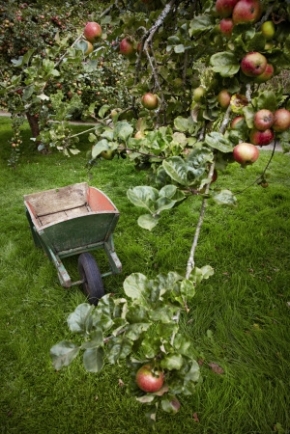
What is a Passport to your Future Historic gardening and Historic Parkland Management Trainee?
Would you like to help the National Trust look after its outdoor spaces?
This Passport to your Future traineeship gives you the chance, as one of the next generation of outdoors professionals, to learn the specialist skills to work in outdoor heritage sites. You will learn all about Historic gardening and Historic Parkland Management. There will be a focus on engaging the public with your work and you will help promote key themes such as the impact of climate change.
What is the Passport to your Future project?
Imagine being able to tell future employers that you’ve trained with one of theUK’s biggest charities. Exciting, isn’t it. And it’s exactly what we’re offering.
We’re looking for people with a passion for the work we do to come and train with us in some of our amazing places. You don’t need qualifications or work experience, just plenty of enthusiasm and a willingness to learn.
In return, we’ll give you a job for a year, full training, a skills passport and a really impressive portfolio from a great organisation. A year well spent, and an experience that’s sure to impress employers.
If you join our Passport to Your Future Training Programme, we’ll share our knowledge and skills with you so that you can continue to work in beautiful places like this for the rest of your career. We’ve places for 30 trainees over three years. There are 10 placements each year and each placement lasts 12 months.
The first and second year placements are now up and running and you can find out more about how the Trainees are doing on our web site. www.passporttoyourfuture.org.uk . The year 1 trainees are learning all about House and Collections Management and the year 2 trainees about Visitor Experience.
You have now got the chance to join this third year placement. As a trainee in the third year you will learn all about Historic gardening and Historic Parkland Management. You’ll learn the skills of outdoor professionals. You’ll get the most from this placement if you enjoy working outside. If you would like to find out more about these placements you can visit our web site www.passporttoyourfuture.org.uk .
What is the National Trust Heritage Skills Passport?
At the National Trust, we understand that we need to work hard to train people and give them the skills to help us look after our places and help these places be here forever, for everyone.
The Heritage Skills Passport is a tool that helps us do this. It will allow you as a trainee to create a flexible, tailored training plan for your own personal development which will give you the skills to work in the National Trust or the wider Heritage industry. The training that you will receive allows you to develop your talents and capabilities through practical activities at our properties.
There are Heritage Skills Passports in three different subject areas.
ü House and Collections Management. (Started July 2011).
This will engage the next generation of house staff with historic houses by training them with a balanced programme of technical skills in housekeeping and preventive conservation.
ü Visitor Experience. (Started February 2012).
This will train the next generation of visitor services professionals with a combination of core visitor services skills that will enable them to engage with visitors and the local community.
Historic gardening and Historic Parkland Management. (Will start September 2012).
This will give the next generation of outdoors professionals the skills to work in outdoor heritage spaces by training them with specialist skills. There will be a focus on engaging the public with their work and promoting key themes such as the impact of climate change.
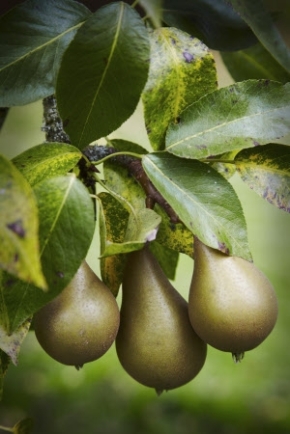
Who is this for?
We want to become better at attracting people from all walks of life into our workforce. That’s why we’re using this project to help us to reach out to people at present under-represented in the National Trust community. Although this scheme is open to all, if you have been long term unemployed, have not achieved as well as you could have done at school, have some type of disability or are from the Black and Minority Ethnic community and feel that you would really benefit from this opportunity, we would particularly like to hear from you. We hope to embed the learning we gain from doing this in our long term recruitment processes. If you get a placement on this programme, we’d like you, with the support of your community, to help us promote the National Trust as an employer that provides truly equal opportunities.
What this placement will give you.
As a trainee you’ll receive the minimum wage for your age and you will develop a whole variety of skills in Historic gardening and Historic Parkland Management.
We also hope you will make new friends, develop social circles and have fun whilst you are on the placement.
What will you do during this placement and what will you learn?
During the year you will develop a number of skills which will teach you about how to look after our historic outdoor spaces from our gardens, to our historic parkland, to our wild spaces from coast to moor. These skills are listed in the Historic gardening and Historic Parkland Management Heritage Skills Passport. The National Trust Heritage Skills Passport gives you a structured learning programme and you will have the chance to be one of the first people to gain one of these. Each time you learn a skill you will record the evidence of how you learnt the skill in your portfolio. You will also carry out an individual project in an area of Historic gardening and Historic Parkland Management, which will demonstrate the skills you have learnt.
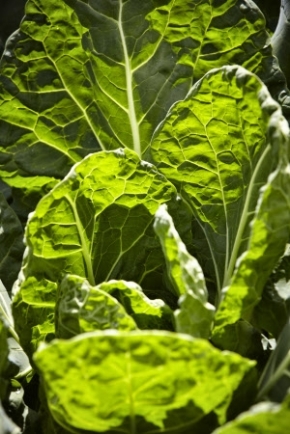
You will have your own line manager and mentors who will support you during the 12 month placement. You will work with your Line Manager to select the skills you will focus on during the year.
As well as learning skills based on looking after our outdoor spaces, you will also learn personal skills such as team working, self-confidence and interpersonal skills.
In the table below you will see just an example of some of the skills that you may learn whilst taking the Historic gardening and Historic Parkland Management Heritage Skills Passport.
| Skill type |
What you could learn |
| CORE ESSENTIALS
|
Induction
|
| Health and Safety
|
| Customer service promise
|
| Understand your audience
|
| Engaging with your community
|
| Project management
|
| HISTORIC GARDENING
|
Risk assessments
|
| Basic lawn care
|
| Carry out the propagation of softwood and semi ripe cuttings, to include aftercare
|
| Greenhouse work;
|
| Complete herbaceous border care throughout the year
|
| Planting
|
| Undertake the pruning of trees and shrubs at different times and using different techniques
|
| Participate in composting, mulch creation and use on borders
|
| Complete weed control by hand, chemical and machine
|
| Pest, disease and disorder awareness identification and control across a variety of sites and subjects
|
| Vegetable and fruit areas maintained and developed
|
| Carry out soil cultivation and preparation for a variety of uses
|
| Carry out the watering of plants regularly
|
| Use and maintain mowers, hedge trimmers, hand tools and brush cutters
|
| Assist in the maintenance (safe access for visitors) paths and other surfaces
|
| Conservatory and or indoor plant maintenance
|
| Identifying plants and trees
|
| Awareness of the National Trust plant database and survey techniques
|
| Green gardening practice
|
| Growing produce |
| Awareness of period design and planting |
| HISTORIC PARKLAND MANAGEMENT
|
Habitat and wildlife surveying |
| Tree management |
| Boundary features |
| Hard landscaping |
| Awareness of historic parkland design history and styles |
| Developing awareness of legislation and designation in the countryside |
| Management of livestock and deer |
| Agri environmental schemes and cross compliance |
| Management of water and soils |
| Machinery, tools and vehicles in the countryside |
| Wildlife management |
| PERSONAL LEARNING, THINKING AND WORK SKILLS. |
Team working
Self-confidence / awareness
Interpersonal skills
Customer-facing skills
Time management
Oral / written communication
Numeracy
IT literacy
Initiative and proactivity
Networking skills
Willing to learn
Problem-solving
Flexibility
Commitment
Planning your own development
|
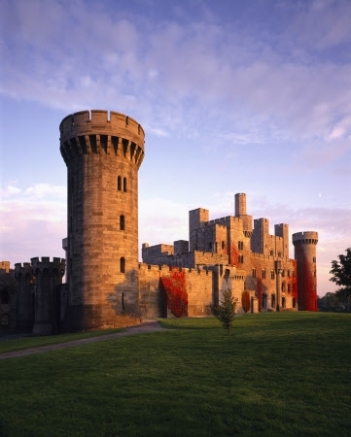
You will learn these skills with the support of your line manager and mentor, but also other local and regional staff and volunteers at the property will help you. You will also meet up with other Passport to your Future Trainees, several times during the year and together you learn some of the skills, when we meet at the National Trust Headquarters or at other properties across the country. During the year you will also be able to job shadow other trainees or staff at the National Trust.
How is this project funded?
The funding for this project was awarded to the National Trust by the Heritage Lottery Fund (HLF) to provide new training opportunities under the Skills for the Future programme.
The National Trust is grateful for this funding as it will support the Trust’s on-going commitment to training and will increase the diversity of people working in the heritage sector.
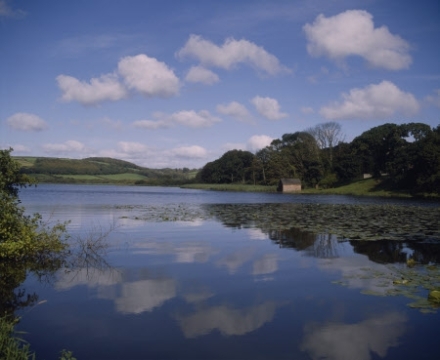
How you can find out more.
Have a look at our web site www.pasporttoyourfuture.org.uk
You are welcome to come to a Taster day in May and June 2012 to find out more. At this Taster day you will see and try out some of the activities that you would do as a trainee; you will experience the wonderful property that you would be based in and you will meet the team.
You are then welcome to apply for this role which you will need to do through our web site http://www.passporttoyourfuture.org.uk. This you can do during May and June.
We will then try and meet you during July for an interview ready for the placements to start at the beginning of September.
If you would like more information about the Passport to your Future Traineeship, please look at our web site www.passporttoyourfuture.org.uk
Alternatively if you would like to find out other ways to have similar experiences within the Trust see www.nationaltrust.org.uk and look up:-
Academy programme
Internships
Volunteering
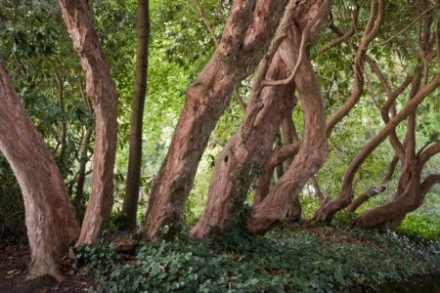
Posted in Uncategorized
